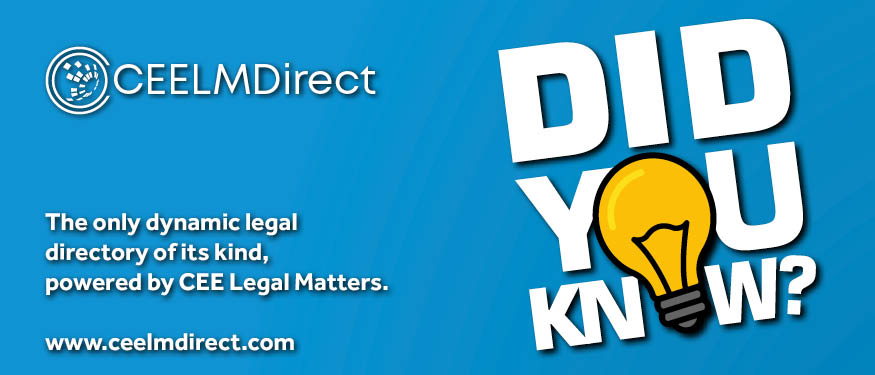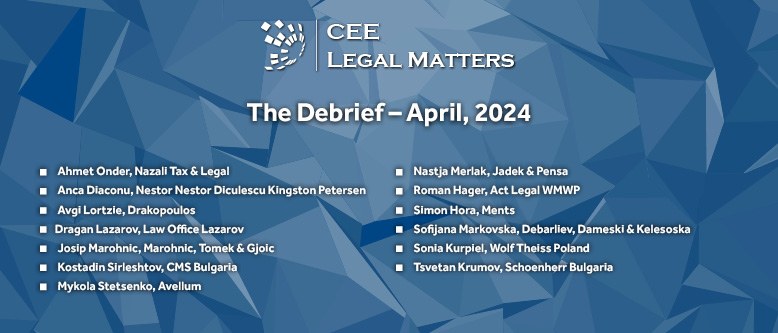From January 1, 2024, the general VAT rate will increase from 20 percent to 22 percent.
Starting from January 1, 2025, reduced VAT rates will also increase:
Accommodation (including breakfast) to 13 percent, and
Books, textbooks, and periodicals (excluding primarily advertising or classified ads, erotic, or pornographic content publications) to 9 percent.
In this update, our focus is on the general VAT rate change that will come into effect from January 1, 2024.
How will the change take effect?
As the law does not contain transitional provisions, the VAT rate must be determined according to the regular procedure based on when turnover occurs.
If we disregard the special rules for self-supply turnover, then according to the general rule, it is the date on which the first of one of the following acts is performed:
the goods are dispatched or made available to the purchaser, or the services are provided,
Partial or full payment for the goods or services is received.
Therefore, the VAT rate depends on when the acts mentioned above are performed, i.e., when turnover occurs.
Examples to illustrate the VAT rate
Example: A car is ordered but is expected to arrive in June 2024, when also the invoice for the vehicle must be paid. If payment for the car is made in 2023 (turnover occurs in 2023), the VAT rate is 20%. If payment is made in 2024 when the car is delivered, the 22% VAT rate applies. If a leasing contract for purchasing the car is concluded, the specific terms of the leasing contract are relevant.
Example: A law office sends an advance invoice to the client in December 2023, indicating a 20% VAT rate. The client will pay the invoice in 2024. Therefore, the law office has the right to issue an additional invoice to the client because the 22% VAT rate applies to the advance invoice.
Example: An online store order is placed in 2023. In 2023, the seller dispatches the goods, but the customer pays the invoice in 2024. Since turnover occurred when the goods were dispatched in 2023, the 20% VAT rate applies. Why? Because turnover depends on which one of the followings occurs first – payment or dispatch. In this case, dispatch occurred earlier, so the time of dispatch in December 2023 is taken as the basis.
Are there any exceptions in the law?
It is allowed to apply a 20% VAT rate until December 31, 2025, if all of the following conditions are met:
A written agreement was concluded between the parties before May 1, 2023.
The agreement stipulates a 20% VAT rate (according to the agreement, the price of the goods or services includes VAT at a rate of 20%, or a 20% VAT rate is added to the price), and
In the agreement it is not established that due to a change in the VAT rate the price may change.
There is also an exception regarding cash-based accounting. Since it’s generally not used in practice, a brief overview is given: if an invoice was issued to the buyer, the goods were dispatched or made available, or the service was provided before January 1, 2024, a 20% VAT rate may be applied until December 31, 2025.
What does this exception mean?
Example: A service provision contract for the construction of a residential building, which is expected to be completed in 2026, has been concluded between the parties before May 1, 2023.
The contract specifies the price for the service in a tabular form, which is in line with standard practice. The table includes the following fields: price without VAT, 20% VAT, and price with VAT. Therefore, the contract specifies a 20% VAT rate.
Conclusion: The parties can apply a 20% VAT rate until December 31, 2025.
The contract specifies the price for the service without VAT. The contract includes the statement: “The price specified in the contract is subject to VAT under the laws in force in the Republic of Estonia.” Therefore, the contract does not specify a 20% VAT rate.
Conclusion: The parties must apply a 22% VAT rate to turnover from January 1, 2024. The parties do not have the right to use a 20% VAT rate until December 31, 2025.
The contract includes both of the points mentioned above (both the table-form price and the clause regarding the VAT rate).
Conclusion: In this case, the contract is contradictory. It is not clear how the Tax and Customs Board would interpret the situation. According to the authors, it is a situation where the contract specifies a possible change in the VAT rate, so the parties must apply a 22% VAT rate to turnover occurring from January 1, 2024. In other words, the parties do not have the right to apply a 20% VAT rate until December 31, 2025.
Summary
While the VAT change is coming quickly, there are established general rules to follow. Practical examples will help better apply the rules. It is also important to monitor the specific requirements for using the 20% rate in existing agreements.
By Margus Reiland, Partner and Head of Tax, Lextal


























